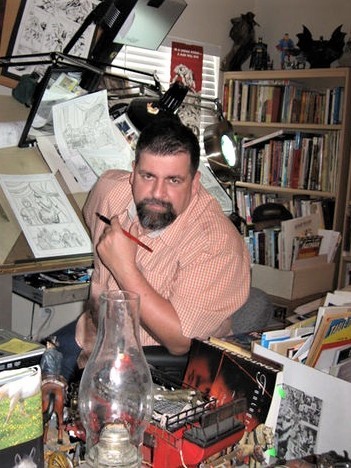
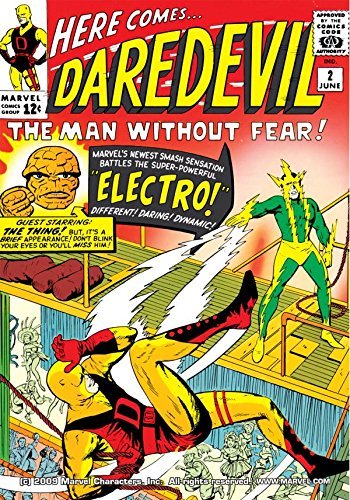
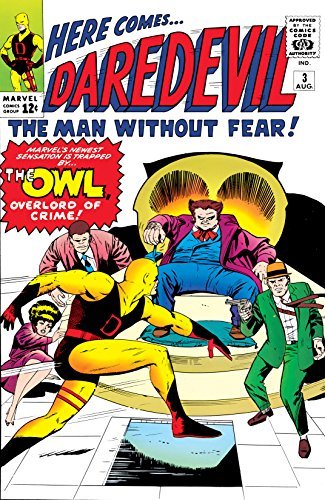
Books in series

Here Comes... Daredevil
1967
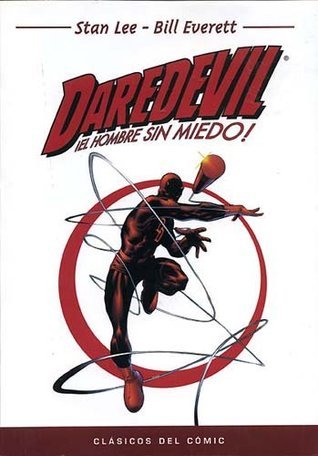
Daredevil ¡El hombre sin miedo!
2003

I classici del fumetto di Repubblica n. 8
Devil, l'uomo senza paura
2003

Daredevil (1964-1998) #1
1963

Daredevil (1964-1998) #2
1964

Daredevil (1964-1998) #3
1964
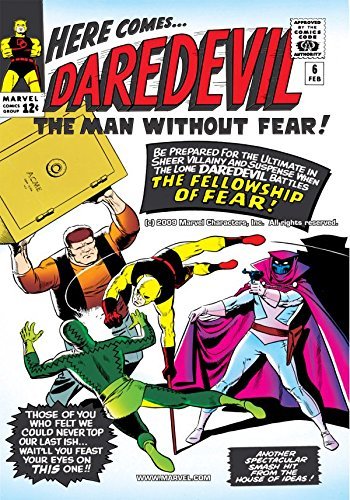
Daredevil (1964-1998) #6
1965

Marvel Visionaries
Stan Lee
2005

Daredevil (1964-1998) #22
1966
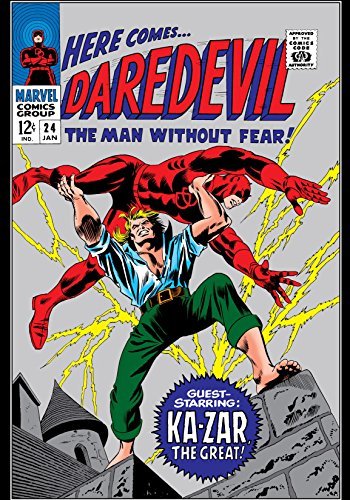
Daredevil (1964-1998) #24
1967
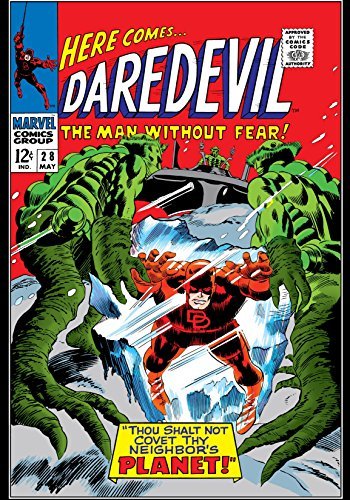
Daredevil (1964-1998) #28
1967
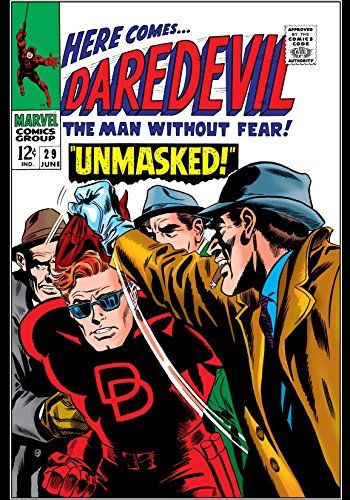
Daredevil (1964-1998) #29
1967
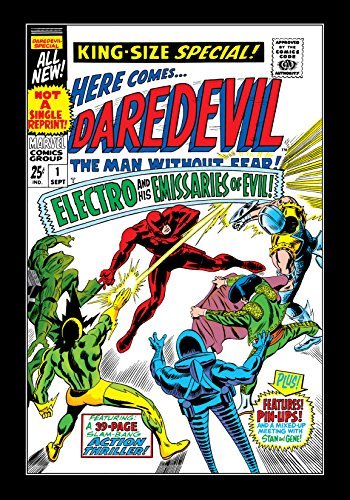
Daredevil (1964-1998) Annual #1
2016

Daredevil (1964-1998) #37
2015
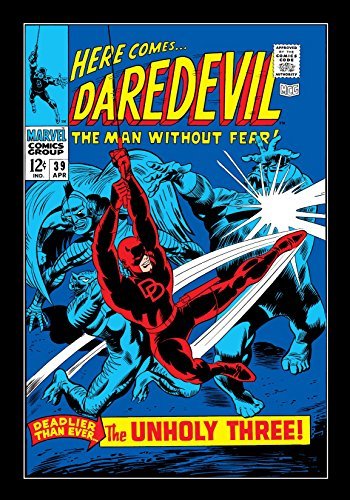
Daredevil (1964-1998) #39
2015
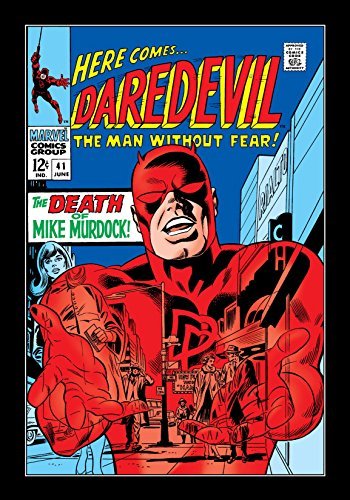
Daredevil (1964-1998) #41
2015
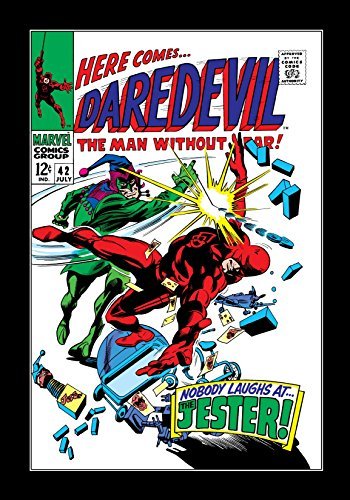
Daredevil (1964-1998) #42
2015
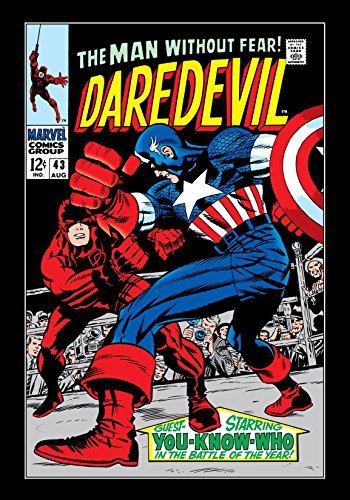
Daredevil (1964-1998) #43
1968
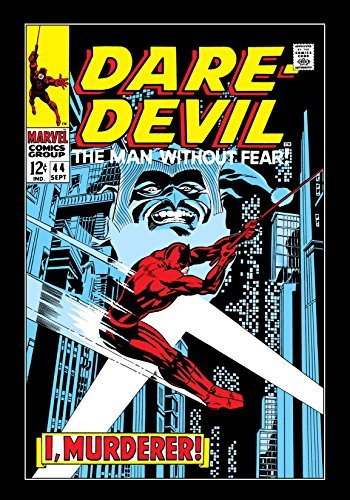
Daredevil (1964-1998) #44
2015
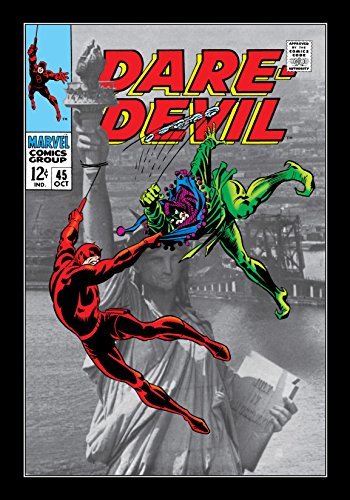
Daredevil (1964-1998) #45
2015
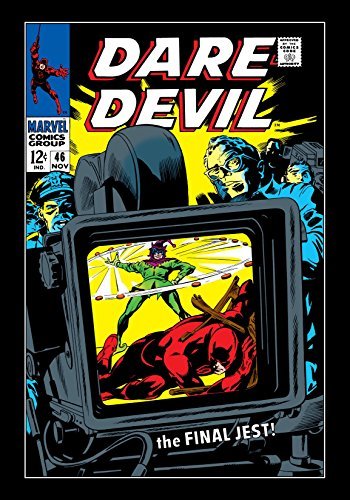
Daredevil (1964-1998) #46
2015
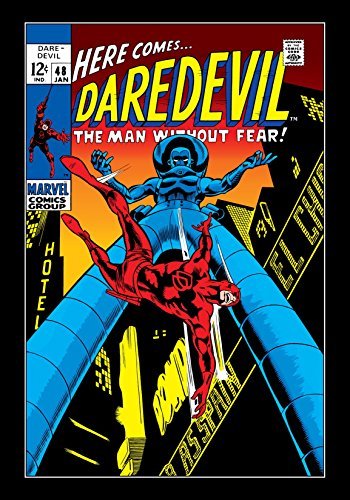
Daredevil (1964-1998) #48
2015
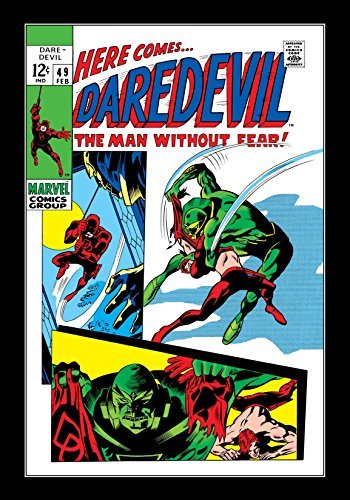
Daredevil (1964-1998) #49
2015

Daredevil (1964-1998) #50
2015
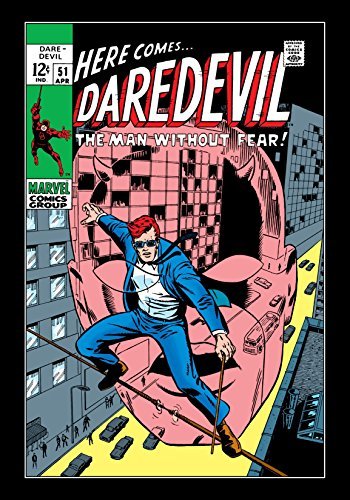
Daredevil (1964-1998) #51
1969
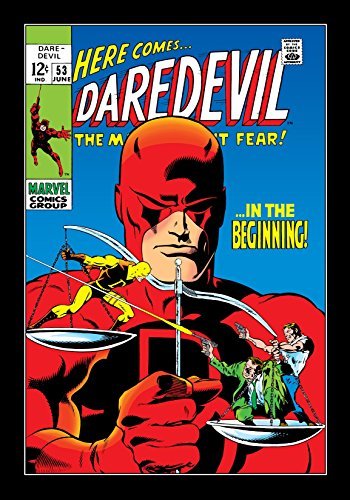
Daredevil (1964-1998) #53
2015
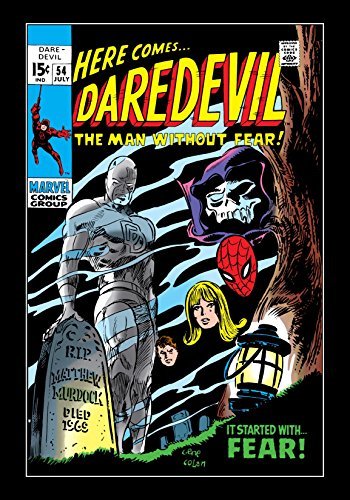
Daredevil (1964-1998) #54
1969
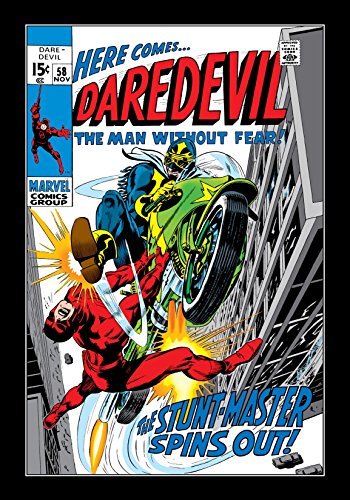
Daredevil (1964-1998) #58
1969
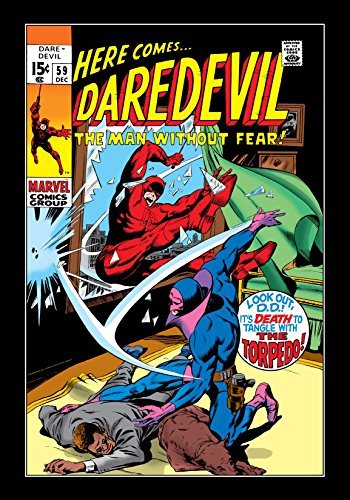
Daredevil (1964-1998) #59
1969

Daredevil (1964-1998) #60
1967
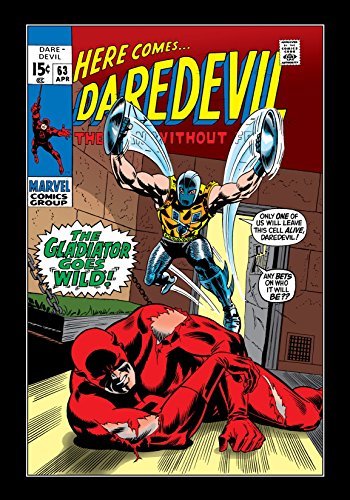
Daredevil (1964-1998) #63
1970
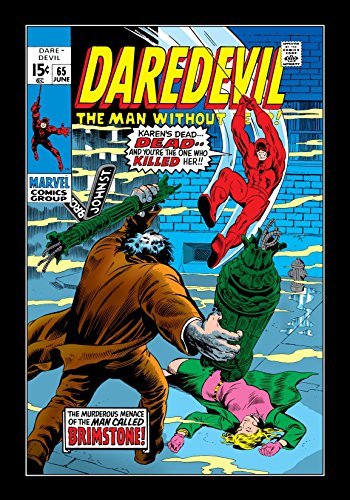
Daredevil (1964-1998) #65
2015
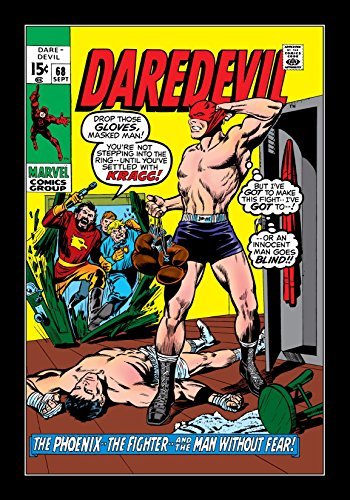
Daredevil (1964-1998) #68
1970
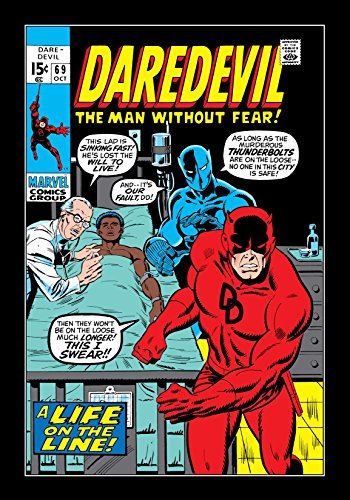
Daredevil (1964-1998) #69
2015
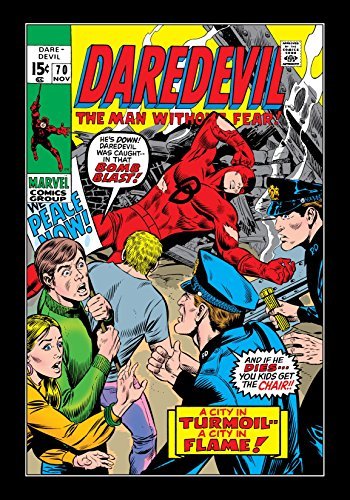
Daredevil (1964-1998) #70
2015
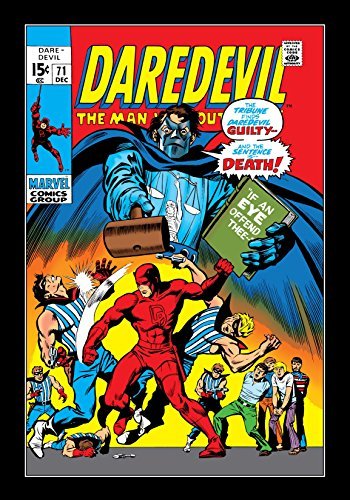
Daredevil (1964-1998) #71
1970
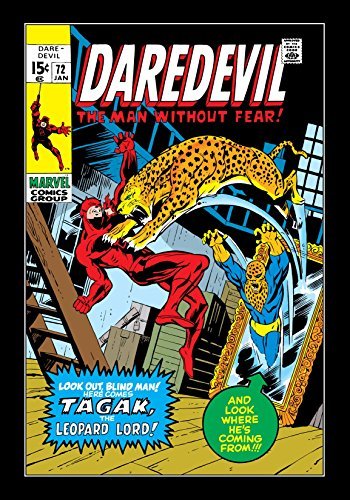
Daredevil (1964-1998) #72
1971
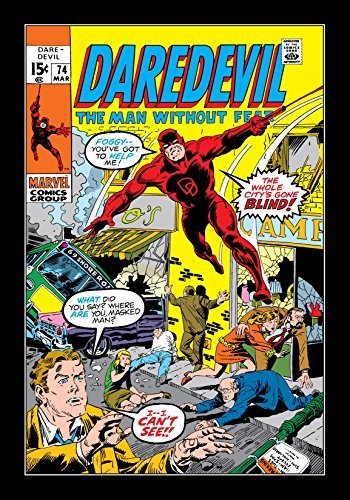
Daredevil (1964-1998) #74
2015
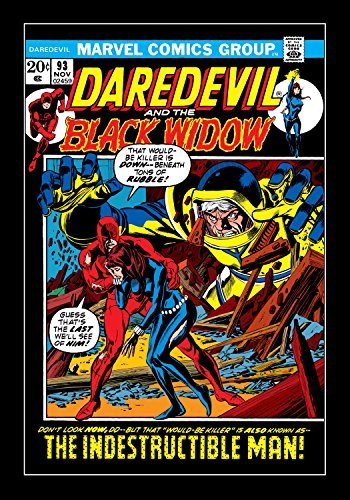
Daredevil (1964-1998) #93
2015
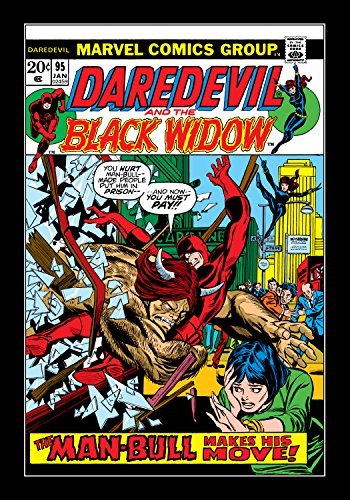
Daredevil (1964-1998) #95
2015
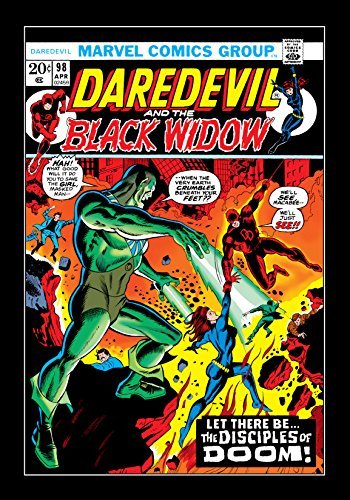
Daredevil (1964-1998) #98
2016
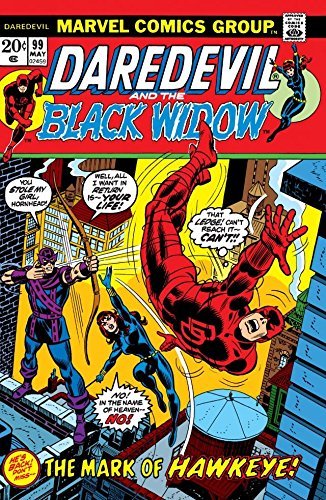
Daredevil (1964-1998) #99
1973
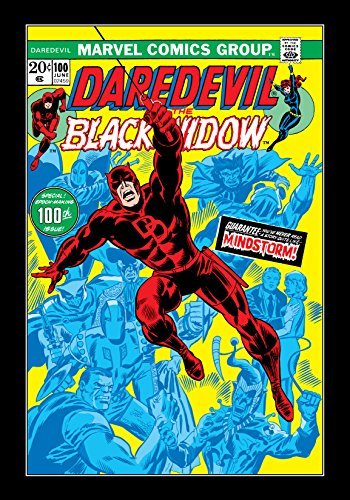
Daredevil (1964-1998) #100
2016
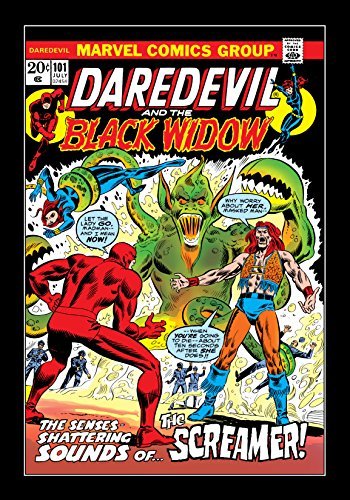
Daredevil (1964-1998) #101
1973
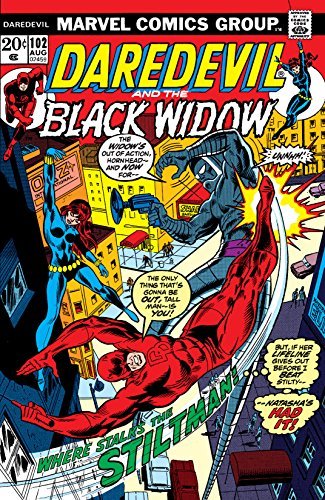
Daredevil (1964-1998) #102
1970
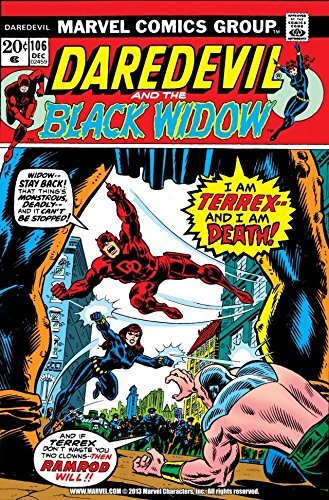
Daredevil (1964-1998) #106
1973
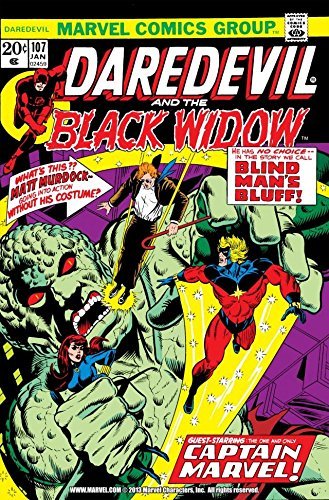
Daredevil (1964-1998) #107
1973
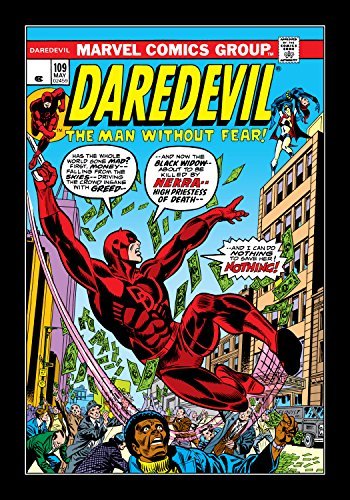
Daredevil (1964-1998) #109
2017
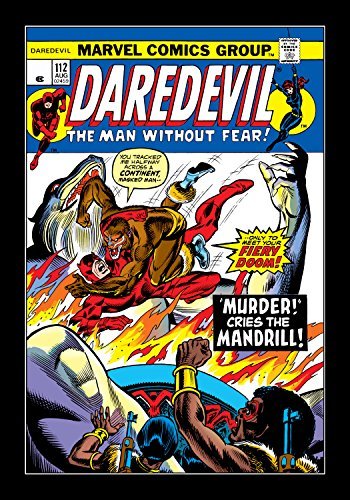
Daredevil (1964-1998) #112
2017
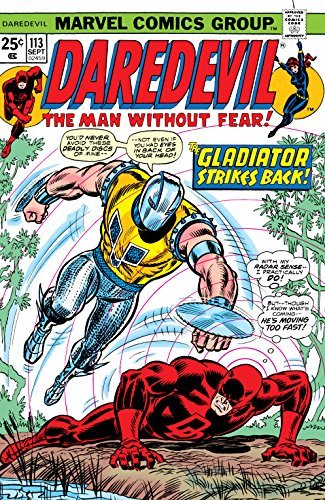
Daredevil (1964-1998) #113
1970
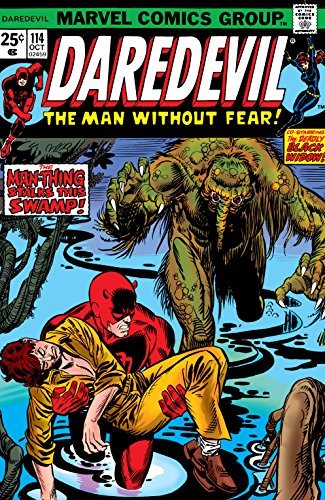
Daredevil (1964-1998) #114
1970
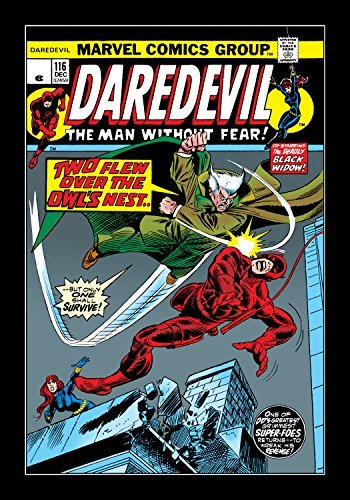
Daredevil (1964-1998) #116
1970
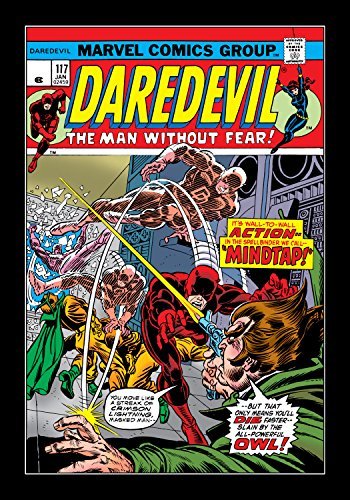
Daredevil (1964-1998) #117
1970
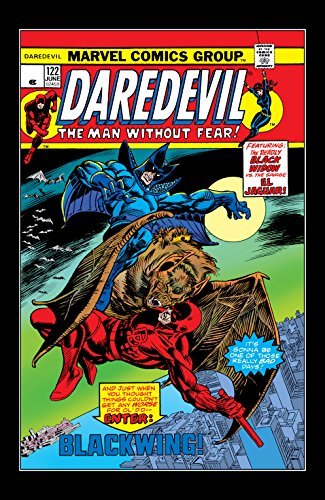
Daredevil (1964-1998) #122
2017
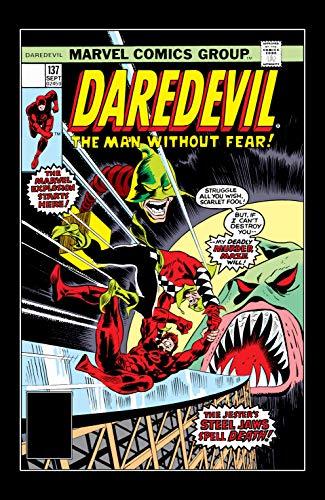
Daredevil (1964-1998) #137
1976
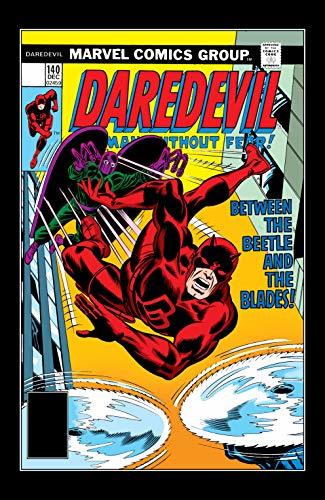
Daredevil (1964-1998) #140
1976
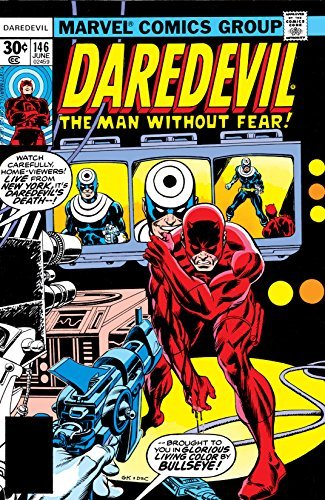
Daredevil (1964-1998) #146
1964

Daredevil (1964-1998) #158
1979

Daredevil (1964-1998) #159
1979

Daredevil (1964-1998) #160
1979

Daredevil (1964-1998) #161
1979

Daredevil (1964-1998) #162
1980

Daredevil (1964-1998) #163
1980

Daredevil (1964-1998) #164
1980

Daredevil (1964-1998) #165
1980

Daredevil (1964-1998) #166
1980

Daredevil (1964-1998) #167
1980

Daredevil (1964-1998) #168
1981

Daredevil (1964-1998) #169
1981
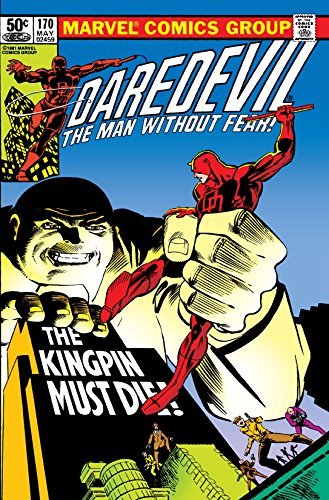
Daredevil (1964-1998) #170
1981

The 100 Greatest Marvels of All Time
#25-22
2001
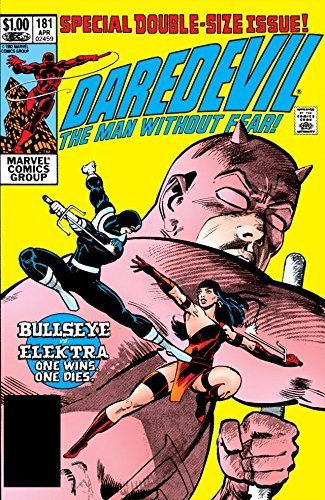
Daredevil (1964-1998) #181
1982

Daredevil (1964-1998) #191
1983
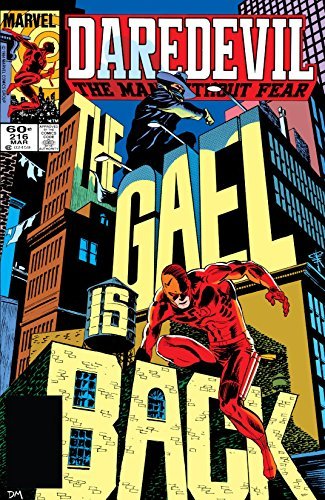
Daredevil (1964-1998) #216
2015
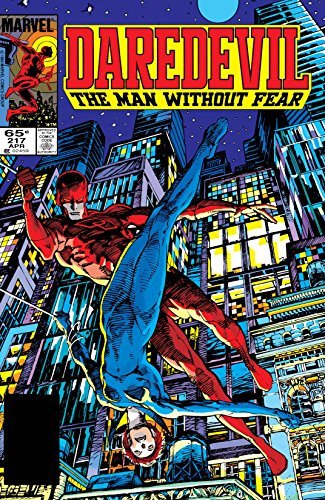
Daredevil (1964-1998) #217
1964
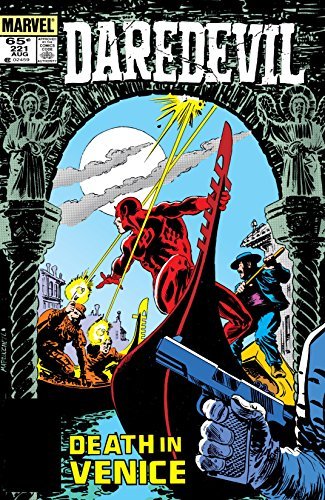
Daredevil (1964-1998) #221
2015
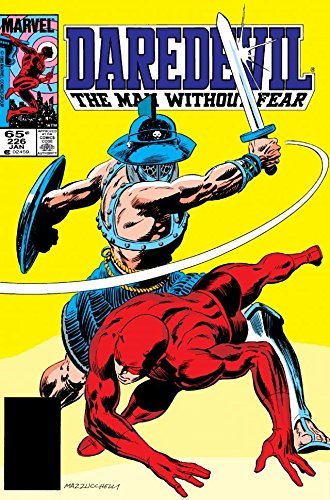
Daredevil (1964-1998) #226
1990

The 100 Greatest Marvels of All Time
#13-10
2001
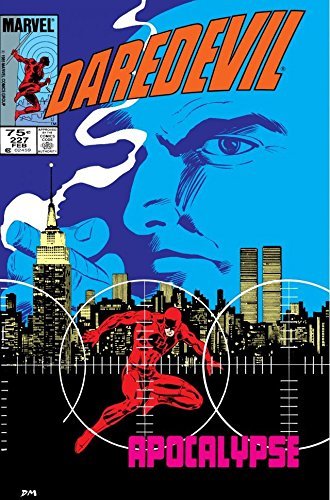
Daredevil (1964-1998) #227
1986
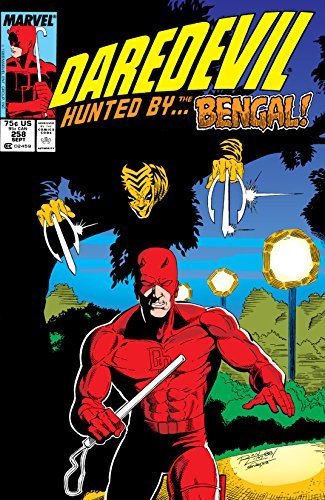
Daredevil (1964-1998) #258
2016
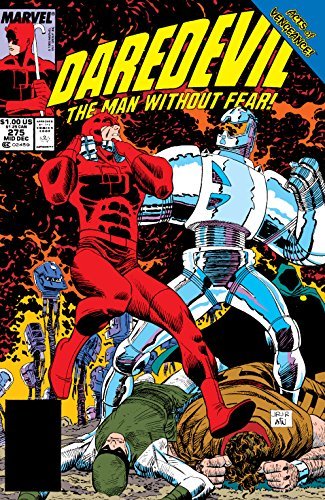
Daredevil (1964-1998) #275
2017

Daredevil (1964-1998) #278
2017
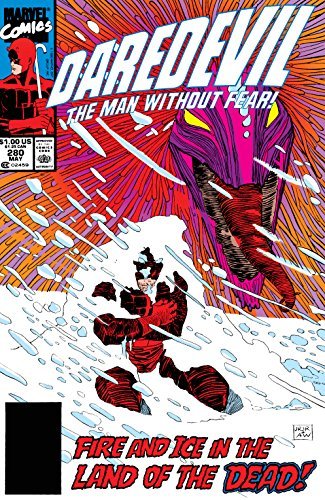
Daredevil (1964-1998) #280
2017

Daredevil (1964-1998) #282
1990
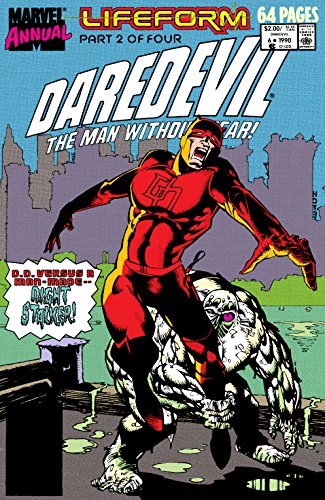
Daredevil (1964-1998) Annual #6
2017
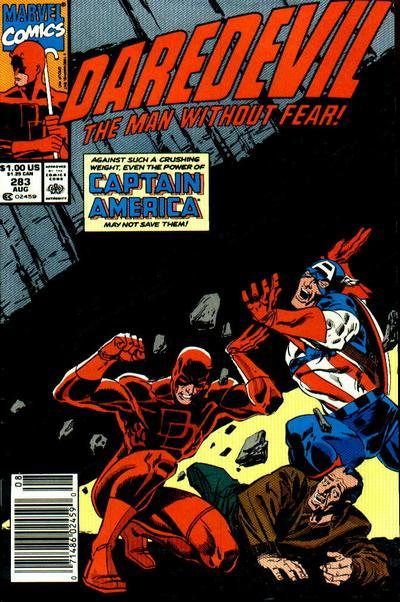
Daredevil (1964) #283
1990

Daredevil (1964-1998) #321
1964
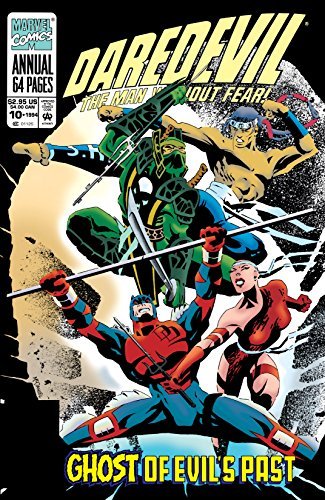
Daredevil (1964-1998) Annual #10
2016
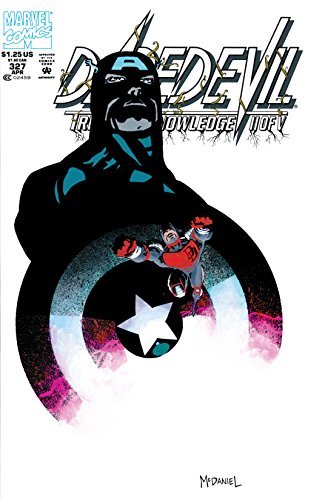
Daredevil (1964-1998) #327
2016
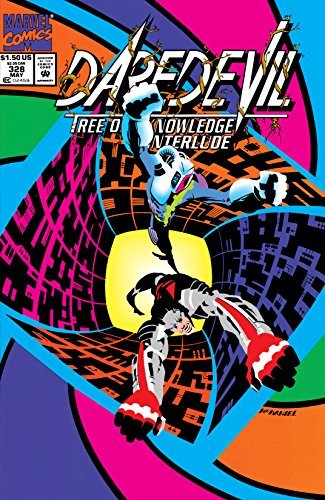
Daredevil (1964-1998) #328
2016
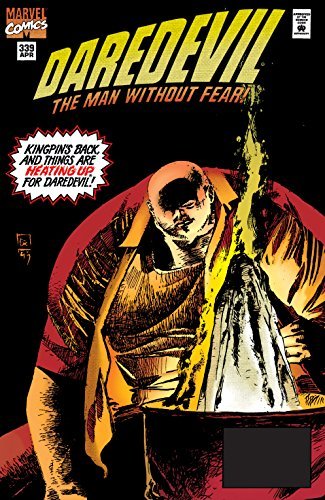
Daredevil (1964-1998) #339
2018
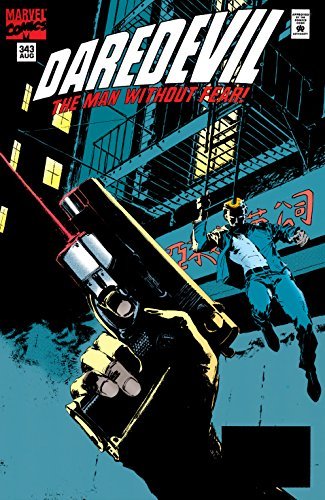
Daredevil (1964-1998) #343
1995
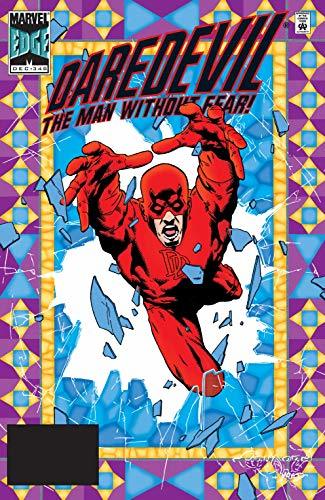
Daredevil (1964-1998) #348
1996
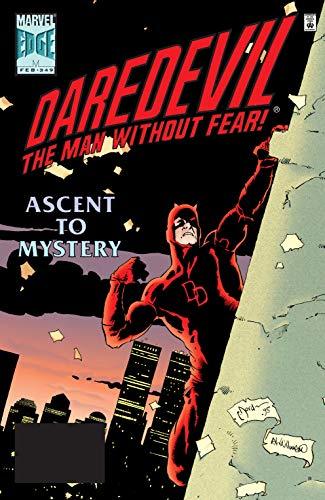
Daredevil (1964-1998) #349
2019
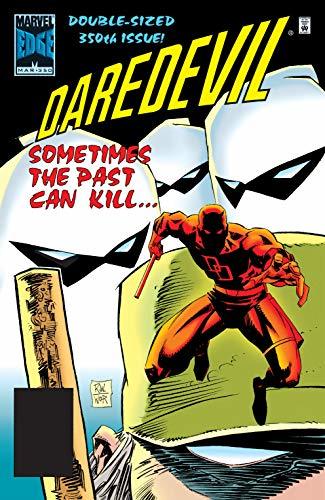
Daredevil (1964-1998) #350
1996

Daredevil (1964-1998) #354
2016
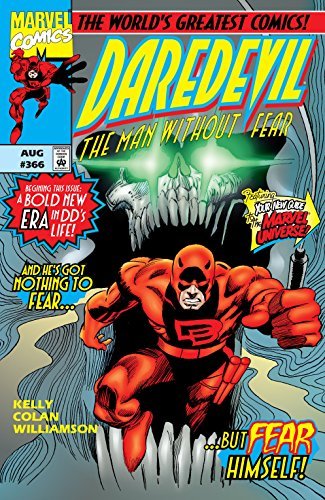
Daredevil (1964-1998) #366
1997
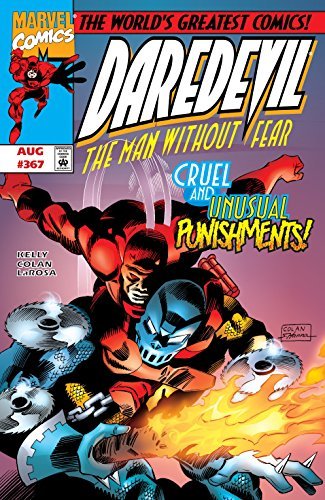
Daredevil (1964-1998) #367
2015
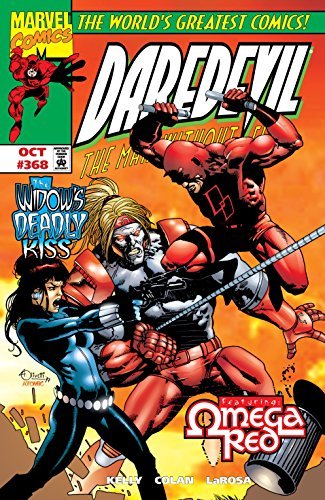
Daredevil (1964-1998) #368
2015
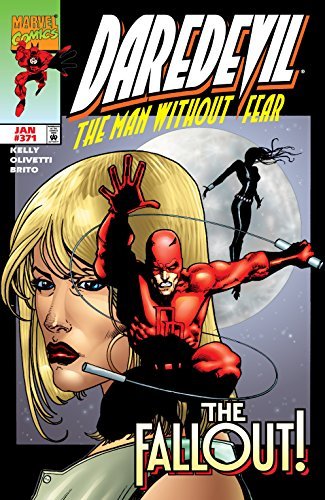
Daredevil (1964-1998) #371
1998
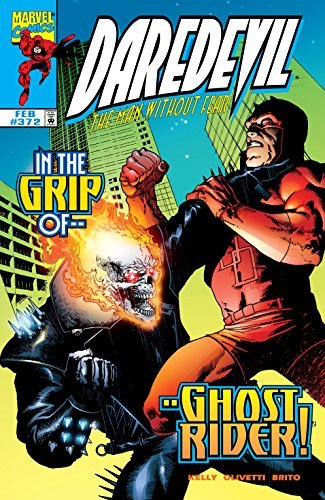
Daredevil (1964-1998) #372
1998
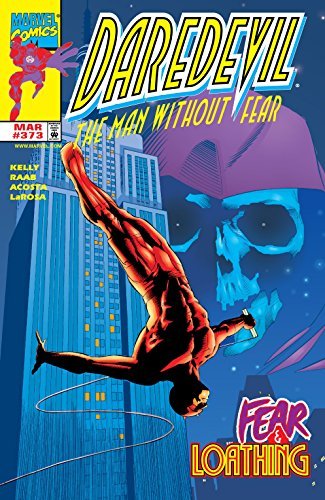
Daredevil (1964-1998) #373
1998
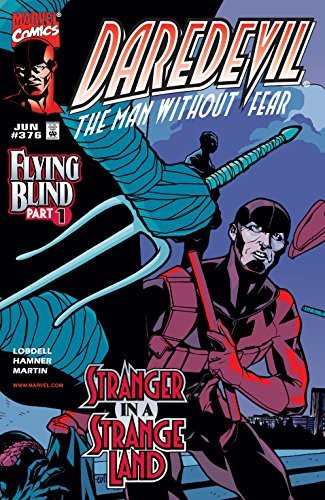
Daredevil (1964-1998) #376
1998
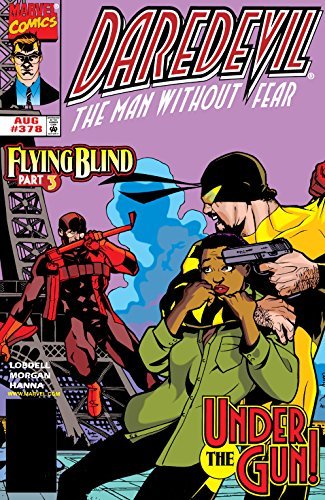
Daredevil (1964-1998) #378
2015

Daredevil Masterworks, Vol. 1
1991

Essential Daredevil, Vol. 1
1967

Mighty Marvel Masterworks
Daredevil, Vol. 2: Alone against the underworld
2001

Essential Daredevil, Vol. 2
1969

Essential Daredevil, Vol. 3
1971

Avengers Vs. Thanos
2013

Daredevil Visionaries
Frank Miller, Vol. 1
1999

Daredevil by Frank Miller & Klaus Janson, Vol. 1
2008

Daredevil Visionaries
Frank Miller, Vol. 2
2001

Daredevil
Gang War
1992

Daredevil by Frank Miller & Klaus Janson, Vol. 2
2004

Daredevil Visionaries
Frank Miller, Vol. 3
2001

Daredevil by Frank Miller & Klaus Janson, Vol. 3
2007

Daredevil
Love's Labors Lost
2002

Daredevil
Born Again
1986

Daredevil by Frank Miller Omnibus Companion
1994

Daredevil Epic Collection, Vol. 13
A Touch of Typhoid
2016

Daredevil Legends, Vol. 4
Typhoid Mary
2003

Daredevil
Lone Stranger
1989

Daredevil Epic Collection, Vol. 14
Heart of Darkness
2017

Daredevil Epic Collection, Vol. 15
Last Rites
2020

Daredevil
Fall from Grace
1994

Daredevil Epic Collection, Vol. 18
Fall From Grace
2014
Authors


Tony Isabella is an American comic book writer, editor, artist and critic, known as the creator and writer of Marvel Comics' Black Goliath; DC Comics' first major African-American superhero, Black Lightning; and as a columnist and critic for the Comics Buyer's Guide. Contents



Steve Gerber graduated from the University of Missouri with a degree in communications and took a job in advertising. To keep himself sane, he wrote bizarre short stories such as "Elves Against Hitler," "Conversion in a Terminal Subway," and "...And the Birds Hummed Dirges!" He noticed acquaintance Roy Thomas working at Marvel, and Thomas sent him Marvel's standard writing test, dialoguing Daredevil art. He was soon made a regular on Daredevil and Sub-Mariner, and the newly created Man-Thing, the latter of which pegged him as having a strong personal style—intellectual, introspective, and literary. In one issue, he introduced an anthropomorphic duck into a horror fantasy, because he wanted something weird and incongruous, and Thomas made the character, named for Gerber's childhood friend Howard, fall to his apparent death in the following issue. Fans were outraged, and the character was revived in a new and deeply personal series. Gerber said in interview that the joke of Howard the Duck is that "there is no joke." The series was existential and dealt with the necessities of life, such as finding employment to pay the rent. Such unusual fare for comicbooks also informed his writing on The Defenders. Other works included Morbius, the Lving Vampire, The Son of Satan, Tales of the Zombie, The Living Mummy, Marvel Two-in-One, Guardians of the Galaxy, Shanna the She-Devil, and Crazy Magazine for Marvel, and Mister Miracle, Metal Men, The Phantom Zone , and The Immortal Doctor Fate for DC. Gerber eventually lost a lawsuit for control of Howard the Duck when he was defending artist Gene Colan's claim of delayed paychecks for the series, which was less important to him personally because he had a staff job and Colan did not. He left comics for animation in the early 1980s, working mainly with Ruby-Spears, creating Thundarr the Barbarian with Alex Toth and Jack Kirby and episodes of The Puppy's Further Adventures, and Marvel Productions, where he was story editor on multiple Marvel series including Dungeons & Dragons, G.I. Joe, and The Transformers. He continued to dabble in comics, mainly for Eclipse, including the graphic novel Stewart the Rat, the two-part horror story "Role Model: Caring, Sharing, and Helping Others," and the seven-issue Destroyer Duck with Jack Kirby, which began as a fundraiser for Gerber's lawsuit. In the early 1990s, he returned to Marvel with Foolkiller, a ten-issue limited series featuring a new version of a villain he had used in The Man-Thing and Omega the Unknown, who communicated with a previous version of the character through internet bulletin boards. An early internet adopter himself, he wrote two chapters of BBSs for Dummies with Beth Woods Slick, with whom he also wrote the Star Trek: The Next Generation episode, "Contagion." During this period, he also wrote The Sensational She-Hulk and Cloak and Dagger for Marvel, Cybernary and WildC.A.T.s for Image, and Sludge and Exiles for the writer-driven Malibu Ultraverse, and Nevada for DC's mature readers Vertigo line. In 2002, he returned to the Howard the Duck character for Marvel's mature readers MAX line, and for DC created Hard Time with Mary Skrenes, with whom he had co-created the cult hit Omega the Unknown for Marvel. Their ending for Omega the Unknown remains a secret that Skrenes plans to take to the grave if Marvel refuses to publish it. Suffering from idiopathic pulmonary fibrosis ("idiopathic" meaning of unknown origin despite having been a heavy smoker much of his life), he was on a waiting list for a double lung transplant. His final work was the Doctor Fate story arc, "More Pain Comics," for DC Comics'

Roy Thomas was the FIRST Editor-in-Chief at Marvel—After Stan Lee stepped down from the position. Roy is a longtime comic book writer and editor. Thomas has written comics for Archie, Charlton, DC, Heroic Publishing, Marvel, and Topps over the years. Thomas currently edits the fanzine Alter Ego for Twomorrow's Publishing. He was Editor for Marvel comics from 1972-1974. He wrote for several titles at Marvel, such as Avengers, Thor, Invaders, Fantastic Four, X-Men, and notably Conan the Barbarian. Thomas is also known for his championing of Golden Age comic-book heroes—particularly the 1940s superhero team the Justice Society of America—and for lengthy writing stints on Marvel's X-Men and Avengers, and DC Comics' All-Star Squadron, among other titles. Also a legendary creator. Creations include Wolverine, Carol Danvers, Ghost Rider, Vision, Iron Fist, Luke Cage, Valkyrie, Morbius, Doc Samson, and Ultron. Roy has also worked for Archie, Charlton, and DC among others over the years.

Stan Lee (born Stanley Martin Lieber) was an American writer, editor, creator of comic book superheroes, and the former president and chairman of Marvel Comics. With several artist co-creators, most notably Jack Kirby and Steve Ditko, he co-created Spider-Man, the Fantastic Four, Thor as a superhero, the X-Men, Iron Man, the Hulk, Daredevil, the Silver Surfer, Dr. Strange, Ant-Man and the Wasp, Scarlet Witch, The Inhumans, and many other characters, introducing complex, naturalistic characters and a thoroughly shared universe into superhero comic books. He subsequently led the expansion of Marvel Comics from a small division of a publishing house to a large multimedia corporation.

Eugene Jules Colan was an American comic book artist best known for his work for Marvel Comics, where his signature titles include the superhero series Daredevil, the cult-hit satiric series Howard the Duck, and The Tomb of Dracula, considered one of comics' classic horror series. He co-created the Falcon, the first African-American superhero in mainstream comics; Carol Danvers, who would become Ms. Marvel and Captain Marvel; and the non-costumed, supernatural vampire hunter Blade. Colan was inducted into the Will Eisner Comic Book Hall of Fame in 2005.


Greg Wright has written several books: TABLOID!: Once Upon a Deadline, Claim, Monstrous, Wild Bullets, and the Holliston graphic novels. Greg earned a Ph.D. in American Literature and Film from Michigan State, and his award-winning fiction has appeared in a variety of journals. He has taught screenwriting, media studies, creative writing, and composition. If he had a castle with a secret passage, he’d probably tell everybody and make it just a regular passage.

Mike W. Barr is an American writer of comic books, and mystery, and science fiction novels. Barr's debut as a comics professional came in DC Comics' Detective Comics #444 (Dec. 1974-Jan. 1975), for which he wrote an 8-page back-up mystery feature starring the Elongated Man. Another Elongated Man story followed in Detective Comics #453 (November 1975). He wrote text articles and editorial replies in letter columns for the next few years. By mid-1980 he was writing regularly for both DC and Marvel, including stories for Marvel Team-Up, Mystery in Space, Green Lantern, and various Batman titles. Legion of Super-Heroes #277 (July 1981) saw him take on editorial duties at DC, while writing issues of DC's Star Trek comic, for whom he created the native American character Ensign Bearclaw and a pacifist Klingon named Konom. In December 1982, he and artist Brian Bolland began Camelot 3000, a 12 issue limited series that was one of DC Comics' first direct market projects. In August 1983, Barr created what may well be his most enduring work, the monthly title Batman and the Outsiders with art by Jim Aparo. Barr wrote every issue of the original series, and its Baxter paper spinoff, The Outsiders. His other comics work includes Mantra and Maze Agency as well as the 1987 OGN hardcover book Batman: Son of the Demon (with art by Jerry Bingham), proceeds from which reputedly "restored DC Comics to first place in sales after fifteen years." This title, and Barr's work on Batman with artist Alan Davis have been cited by Grant Morrison as key inspirations for his recent (2006) run on the Batman title. In 2007, he wrote a two-part story for the pages of DC's JLA: Classified (#47-48, Jan-Feb 2008), returned to the Outsiders with Outsiders: Five of a Kind—Katana/Shazam #1 (Oct 2007), contributed to Tokyopop's Star Trek: The Manga, and relaunched Maze Agency at IDW Publishing. He has also scripted many of Bongo Comics' Simpsons titles, including a Christmas story for 2010. In May 2010, the Invisible College Press published Barr's science fiction/fantasy novel, Majician/51, about the discoveries of a scientist working at Area 51.

John Salvatore Romita, Jr. is an American comic book artist best known for his extensive work for Marvel Comics from the 1970s to the 2000s. He is often referred to as JRJR (the abbreviation of John Romita, Jr.) He is the son of comic book artist John Romita Sr.

See also John Harkness. Steve Englehart went to Wesleyan University in Middletown, Connecticut. After a stint in the Army, he moved to New York and began to write for Marvel Comics. That led to long runs on Captain America, The Hulk, The Avengers, Dr. Strange, and a dozen other titles. Midway through that period he moved to California (where he remains), and met and married his wife Terry. He was finally hired away from Marvel by DC Comics, to be their lead writer and revamp their core characters (Superman, Batman, Wonder Woman, Flash, and Green Lantern). He did, but he also wrote a solo Batman series (immediately dubbed the "definitive" version) that later became Warner Brothers' first Batman film (the good one). After that he left comics for a time, traveled in Europe for a year, wrote a novel (The Point Man™), and came back to design video games for Atari (E.T., Garfield). But he still liked comics, so he created Coyote™, which within its first year was rated one of America's ten best series. Other projects he owned (Scorpio Rose™, The Djinn™) were mixed with company series (Green Lantern [with Joe Staton], Silver Surfer, Fantastic Four). Meanwhile, he continued his game design for Activision, Electronic Arts, Sega, and Brøderbund. And once he and Terry had their two sons, Alex and Eric, he naturally told them stories. Rustle's Christmas Adventure was first devised for them. He went on to add a run of mid-grade books to his bibliography, including the DNAgers™ adventure series, and Countdown to Flight, a biography of the Wright brothers selected by NASA as the basis for their school curriculum on the invention of the airplane. In 1992 Steve was asked to co-create a comics pantheon called the Ultraverse. One of his contributions, The Night Man, became not only a successful comics series, but also a television show. That led to more Hollywood work, including animated series such as Street Fighter, GI Joe, and Team Atlantis for Disney.

Scott Lobdell (born 1960) is an American comic book writer. He is mostly known for his work throughout the 1990s on Marvel Comics' X-Men-related titles specifically Uncanny X-Men, the main title itself, and the spin-off series that he conceived with artist Chris Bachalo, Generation X. Generation X focused on a number of young mutant students who attempted to become superheroes in their own right at a separate school with the guidance of veteran X-related characters Banshee and Emma Frost. He also had writing stints on Marvel's Fantastic Four, Alpha Flight, and The Adventures of Cyclops and Phoenix mini-series with artist Gene Ha. He wrote the script to Stan Lee's Mosaic and an upcoming film from POW Entertainment featuring Ringo Starr. He also participated in the Marvel Comics and Image Comics (from Jim Lee's WildStorm) crossover mini-series WildC.A.T.s/X-Men.

Fabian Nicieza is a writer and editor who is best known as the co-creator of DEADPOOL and for his work on Marvel titles such as X-Men, X-Force, New Warriors, and Robin. His first novel, the Edgar Award-nominated SUBURBAN DICKS, a sarcastic murder mystery, is on sale now from Putnam Books. The Dicks will return in THE SELF-MADE WIDOW, coming June 21st.

A comic book writer and erstwhile artist. He has won critical acclaim (including five Eisner Awards) and is one of the most successful writers working in mainstream comics. For over eight years Bendis’s books have consistently sat in the top five best sellers on the nationwide comic and graphic novel sales charts. Though he started as a writer and artist of independent noir fiction series, he shot to stardom as a writer of Marvel Comics' superhero books, particularly Ultimate Spider-Man. Bendis first entered the comic world with the "Jinx" line of crime comics in 1995. This line has spawned the graphic novels Goldfish, Fire, Jinx, Torso (with Marc Andreyko), and Total Sell Out. Bendis is writing the film version of Jinx for Universal Pictures with Oscar-winner Charlize Theron attached to star and produce. Bendis’s other projects include the Harvey, Eisner, and Eagle Award-nominated Powers (with Michael Avon Oeming) originally from Image Comics, now published by Marvel's new creator-owned imprint Icon Comics, and the Hollywood tell-all Fortune and Glory from Oni Press, both of which received an "A" from Entertainment Weekly. Bendis is one of the premiere architects of Marvel's "Ultimate" line: comics specifically created for the new generation of comic readers. He has written every issue of Ultimate Spider-Man since its best-selling launch, and has also written for Ultimate Fantastic Four and Ultimate X-Men, as well as every issue of Ultimate Marvel Team-Up, Ultimate Origin and Ultimate Six. Brian is currently helming a renaissance for Marvel’s AVENGERS franchise by writing both New Avengers and Mighty Avengers along with the successful ‘event’ projects House Of M, Secret War, and this summer’s Secret Invasion. He has also previously done work on Daredevil, Alias, and The Pulse.

Dennis "Denny" O'Neil was a comic book writer and editor best known for his work for Marvel Comics and DC Comics from the 1960s through the 1990s, and Group Editor for the Batman family of titles until his retirement. His best-known works include Green Lantern/Green Arrow and Batman with Neal Adams, The Shadow with Michael Kaluta and The Question with Denys Cowan. As an editor, he is principally known for editing the various Batman titles. From 2013 unti his death, he sat on the board of directors of the charity The Hero Initiative and served on its Disbursement Committee.

aka David Peters Peter Allen David (often abbreviated PAD) is an American writer, best known for his work in comic books and Star Trek novels. David often jokingly describes his occupation as "Writer of Stuff". David is noted for his prolific writing, characterized by its mingling of real world issues with humor and references to popular culture. He also uses metafiction frequently, usually to humorous effect, as in his work on the comic book Young Justice.

Ann Nocenti is most noted as an editor for Marvel Comics, for whom she edited New Mutants and The Uncanny X-Men. She made her comics writing debut on a brief run of Spider-Woman (#47-50) and subsequently wrote a long run of Daredevil (1st series) #236-291 (minus #237) from 1986 to 1991, directly following on from Frank Miller's definitive Born Again storyline. She also wrote the 1986 Longshot limited series for Marvel, and in the same year produced the Someplace Strange graphic novel in collaboration with artist John Bolton. She wrote "the Inhumans Graphic Novel" in 1988. In 1993, she wrote the 16-issue run of Kid Eternity for the DC Comics imprint Vertigo. In Incredible Hulk #291, published in September 1983 (cover date January 1984), Ann Nocenti made a cameo appearance, talking to Dr. Bruce Banner, in a history written by Bill Mantlo, drawn by Sal Buscema and inked by Carlos Garzón and Joe Sinnot. That time Ann Nocenti was Assistant Editor for Larry Hama on Incredible Hulk and X-Men. She is noted for her left-wing political views which, particularly during her run on Daredevil, caused some controversy among some fans who didn't agree with her politics. She created several popular characters, including Typhoid Mary, Blackheart, Longshot and Mojo, and wrote the 1998 X-Men novel Prisoner X. Although Nocenti left comic books in the '90s after the industry sales collapsed, she later returned to the field, penning stories such as 2004's Batman & Poison Ivy: Cast Shadows. In Ultimate X-Men, a reimagination of the X-Men comic, the character Longshot, who was invented by her, has the civil name Arthur Centino. His last name, Centino, is an anagram of Nocenti and a homage to Nocenti. The name Arthur is for the co-creator of Longshot Arthur Adams who was Ann Nocenti's artist on the Longshot Mini Series. She edited High Times magazine for one year (2004) under the name Annie Nocenti and is the former editor of the screenwriting magazine Scenario.


Chris Claremont is a writer of American comic books, best known for his 16-year (1975-1991) stint on Uncanny X-Men, during which the series became one of the comic book industry's most successful properties. Claremont has written many stories for other publishers including the Star Trek Debt of Honor graphic novel, his creator-owned Sovereign Seven for DC Comics and Aliens vs Predator for Dark Horse Comics. He also wrote a few issues of the series WildC.A.T.s (volume 1, issues #10-13) at Image Comics, which introduced his creator-owned character, Huntsman. Outside of comics, Claremont co-wrote the Chronicles of the Shadow War trilogy, Shadow Moon (1995), Shadow Dawn (1996), and Shadow Star (1999), with George Lucas. This trilogy continues the story of Elora Danan from the movie Willow. In the 1980s, he also wrote a science fiction trilogy about female starship pilot Nicole Shea, consisting of First Flight (1987), Grounded! (1991), and Sundowner (1994). Claremont was also a contributor to the Wild Cards anthology series.



